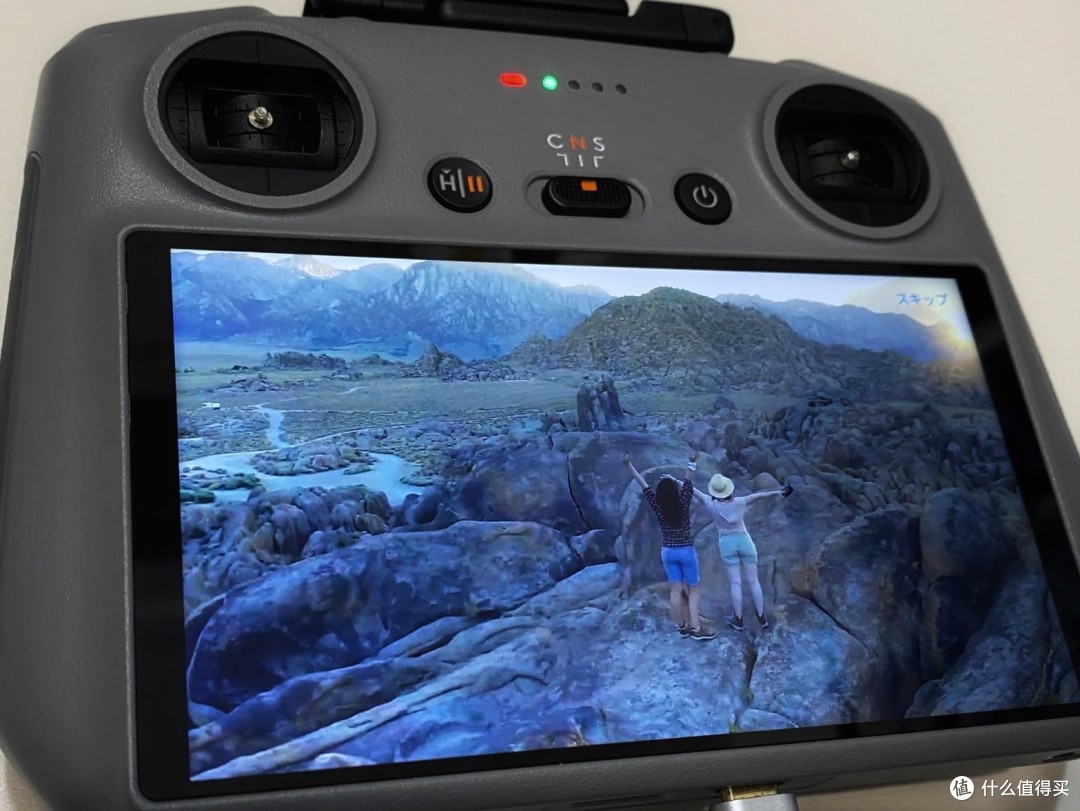Understanding Water Drones
Water drones come in various shapes and sizes, tailored to meet different operational needs. These drones are typically equipped with advanced sensors and cameras, enabling them to capture high-resolution images and data from beneath the ocean’s surface. Some water drones are operated remotely, while others can be pre-programmed for autonomous missions. The key advantage of using water drones lies in their ability to access regions that are difficult or dangerous for humans to explore, such as deep-sea trenches, submerged caves, and environments with extreme pressure or temperature conditions.
Applications Across Industries
The water drone industry is experiencing rapid growth due to its applications in various sectors. In marine biology, researchers use water drones to study aquatic ecosystems, track marine animals, and monitor changes in oceanic conditions. Environmental agencies deploy these drones to assess the health of coral reefs or to locate sources of pollution. In the energy sector, water drones assist in inspecting underwater pipelines and offshore oil rigs, ensuring the integrity and safety of critical infrastructure.
The Role of Water Drones in Environmental Conservation
Environmental conservation is one of the most compelling areas where water drone technology is making a significant impact. By providing valuable data on marine biodiversity, water drones help scientists and conservationists develop strategies to protect endangered species and habitats. They can map large areas of the ocean floor, identify illegal fishing activities, and assist in the cleanup of marine debris. These capabilities contribute to preserving the delicate balance of marine ecosystems.
Challenges and Future Developments
Despite the promising potential of water drones, there are challenges that need to be addressed. Battery life, communication issues in underwater environments, and regulatory constraints are among the hurdles that developers and operators face. However, advancements in battery technology, improved communication systems, and evolving regulations are paving the way for broader adoption of water drones.
As technology continues to advance, we can anticipate more sophisticated water drones that are faster, more efficient, and capable of handling complex tasks. The integration of AI and machine learning into water drone systems will enhance their ability to analyze real-time data and make autonomous decisions, further expanding their range of applications.This evolution will undoubtedly open new frontiers in ocean exploration, scientific research, and industrial applications.
FAQs About Water Drones
- What are the primary uses of water drones? Water drones are used for various applications, including marine exploration, environmental monitoring, underwater inspections, and search and rescue operations.
- How do water drones navigate underwater? Most water drones are equipped with GPS and sonar systems that allow them to navigate and avoid obstacles in underwater environments.
- Can water drones operate independently?
 Yes, many water drones can perform autonomous missions based on pre-set instructions, although they can also be manually controlled as needed.
Yes, many water drones can perform autonomous missions based on pre-set instructions, although they can also be manually controlled as needed.

In summary, the future of water drone technology is incredibly bright, with its expanding capabilities promising significant advancements across multiple fields. As we continue to explore this groundbreaking technology, the possibilities seem as vast as the oceans themselves.